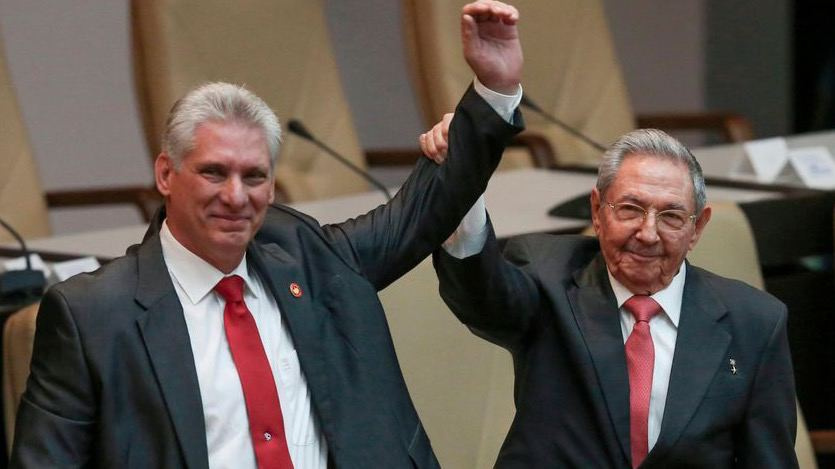In December 2014, Raúl Castro and Obama surprised everyone with the news that relations between both countries would begin to normalize.

14ymedio, Yunior García Aguilera, Madrid, May 24, 2024 — The last decade in Cuba is, perhaps, the one that has seen the most changes in half a century. However, we have the feeling that everything remains the same, or even worse. This reminds us of Lampedusa’s famous novel, The Leopard. In it, Tancredi’s character says to his uncle a phrase that has been repeated countless times: “If we want everything to remain as it is, we need everything to change.”
In December 2014, Raúl Castro and Obama surprised everyone with the news that relations between both countries would begin to normalize. The opposition to the island’s regime saw this event in two different ways. For some, the decision of the US Government was a betrayal of a historical exile, who had fought for years against the dictatorship. For others, it was the most intelligent and effective way to influence, killing me softly style, the fall of Castro-communism. However, for the majority of ordinary people within Cuba, this meant nothing more than a relief from the hardships suffered daily. It seemed like a moment of hope.
In 2015, internet access for the population was expanded. This tiny detail would mark a “domino effect” that would have a decisive influence on the perception of Cubans about the world and their own reality. The horse lost its blinders.
In March 2016, Air Force One landed at José Martí International Airport in Havana. Nine months later, Raúl Castro announced on television the death of his brother. It seemed that yes, changes were finally happening and that the end of an era would be inevitable.
But the year 2017 constituted a turning point. Obama eliminated the “wet foot/dry foot” policy before leaving the White House
But the year 2017 constituted a turning point. Obama eliminated the “wet foot/dry foot” policy before leaving the White House and his successor threatened


